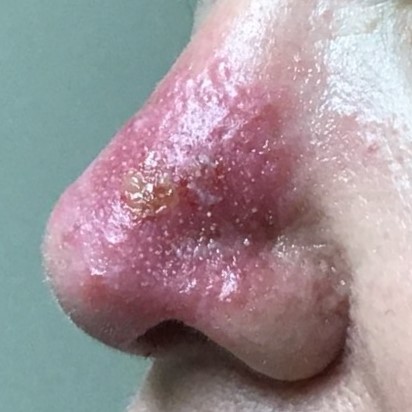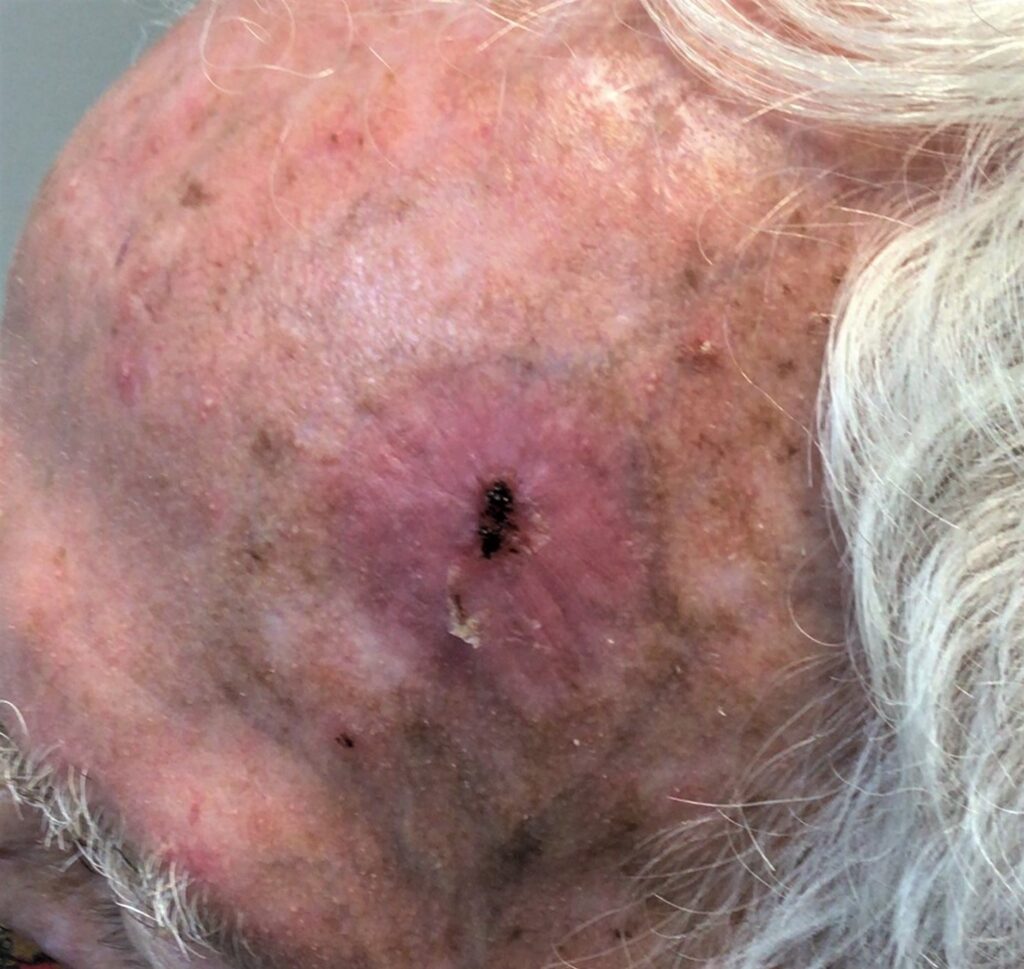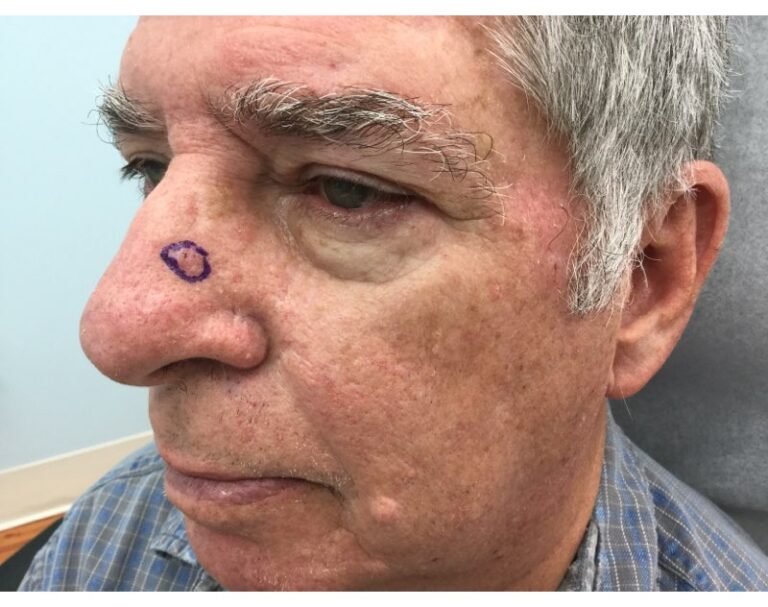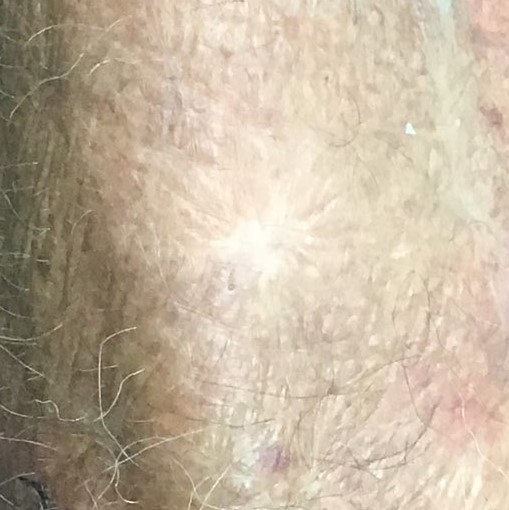
Skin cancer was discovered in 1804 by the French doctor Rene Theophile Hyacinthe Laënnec, who gave his first lecture on melanoma while he was still a student. In 1827, Arthur Jacob discovered the tumor that would come to be known as basal cell carcinoma. Squamous cell carcinoma in situ, also known as Bowen’s disease, was discovered by John T. Bowen in 1912. Treatment has changed a lot over the years, so read on to explore a brief history of skin cancer.
A Brief History of Skin Cancer
Laënnec published his lecture on melanoma in 1806, and our understanding of how skin cancer grows and develops has been improving ever since.
- When was skin cancer first discovered? The ancient Egyptians were able to recognize cancer as early as 1600 B.C.E., but as you’ve already seen, skin cancer was not itself identified until the 1800s, C.E.
- How was cancer treated in the 1800s? Diet, bloodletting, and laxatives—the same treatments that had been used in the fifth and fourth centuries B.C.E. by Hippocrates—continued to be utilized well into the 19th century C.E.
- Surgery for the treatment of cancer had been developed in the 16th century C.E. However, anesthesia was not developed until the 1840s, and the prognosis for surgery remained relatively low until antiseptics (developed in the 1860s) and other medical technologies became more widespread.
- A wide variety of additional treatments—including herbs like dock root that were used by Native Americans, as well as Turkish figs and even electricity—were at one point or another used as treatments for cancer, according to the researcher Shannon Selin.
- Gradually over the 19th and 20th centuries, the link between UV radiation and skin cancer started to become known.
- Sunscreen became available in 1928, and Mohs surgery would be developed in the 1930s.
- Mohs surgery continues to be used to treat cancer up until this day, although newer and surgery-free treatments continue to be developed and utilized in select cases.
Consider GentleCure for Your Common Skin Cancer Treatment
Surgery-free GentleCure™ could help you treat your common skin cancer without the risk of the surgical scarring that comes with Mohs surgery. Find out if it’s right for you by talking to your doctor and learning how it works today.








